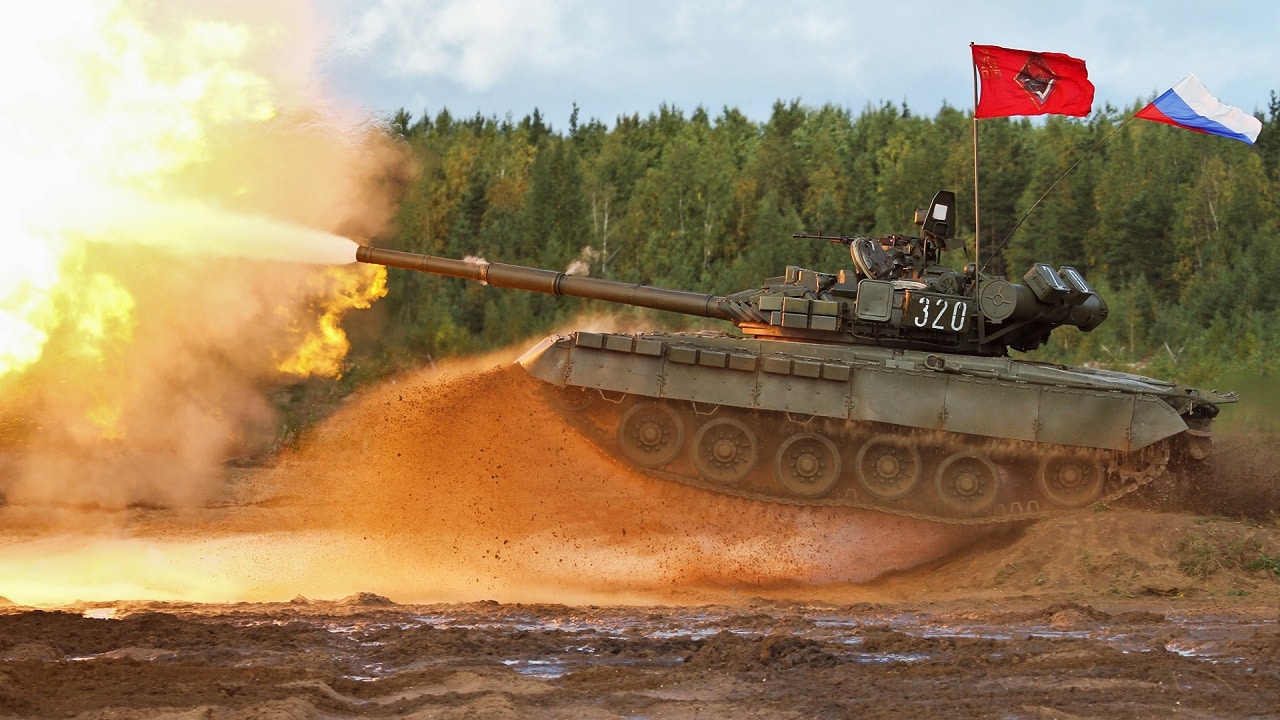Can Russia Win the Battle for Donbas?: In recent days, reports revealed how Ukrainian soldiers were “badly outgunned” by the Russians in the battle for Ukraine’s eastern Donbas region. The reports came after the Russians took full control of the city of Mariupol and continue their advance through both the Luhansk and Donetsk regions of the country, coming closer to fulfilling the Kremlin’s goal of “liberating” the contested areas.
Last week, the eastern city of Lyman fell to the Russians after the city was carpet-bombed by Russian missiles. The Ukrainian Defense Ministry insisted that forces are still fighting to control some parts of the town, but separatists claim that it is now in full control of the Russians.
The city of Sievierodonetsk also came under fire from the Russians last week, with missile strikes heating up on Friday.
The city’s mayor, Oleksandr Striuk, told The Associated Press that the battles were taking place on the outskirts of the city.
“Massive artillery shelling does not stop, day and night,” he said. “The city is being systematically destroyed – 90% of the buildings in the city are damaged.”
At least 1,500 people have died in the city so far, and more are likely to die as the Russians continue to take control of Donbas through heavy artillery strikes.
With Heavy Losses, Can Russia Keep It Up in Donbas?
While Russian forces are slowly making progress in Donbas, victory is still not certain.
Russia has experienced heavy losses throughout the war in Ukraine so far, both in terms of personnel and equipment, and it’s not certain that soldiers will have the tools they need to continue to fend off Ukrainian soldiers armed with NATO weapons.
So far, Russia is estimated to have lost 1,330 tanks, 207 planes, 174 helicopters, and over 3,000 armored vehicles.
The Russian soldier death roll also surpassed 30,000 last week, according to Ukrainian officials.
For context, Russia is believed to have lost around 15,000 soldiers during the 10-year Soviet-Afghanistan war – making the so-called “special military operation” in Ukraine a disaster for the Kremlin by any measure.
Putin’s Donbas Moves Could Face Problems
Even as Russia makes some gains in Donbas, the Kremlin is now tasked with replacing tanks, artillery, and soldiers to keep up the momentum in the region. While Russia has an estimated 10,000 tanks in storage, experts say that the Soviet-era tanks have been out of use for so long that they are likely to require six months of mechanical work before they are ready to be used on the battlefield.
Nonetheless, Russia has already begun pulling its old T-62 tanks out of storage – a move that the British government said indicated Russia was struggling with a “shortage of modern, combat-ready equipment.”
Russian manufacturers are also reportedly struggling to keep up with demand for precision-guided missiles, forcing Russian soldiers to resort to using so-called “dumb” bombs with no modern guidance systems.
With more NATO equipment on the way to Ukraine, Russia’s only saving grace at this stage is U.S. President Joe Biden’s pledge on Monday not to send long-range missile systems to Ukraine – dramatically reducing the chance that Ukraine will strike Russian territory and begin an offensive across the border.
Jack Buckby is a British author, counter-extremism researcher, and journalist based in New York. Reporting on the U.K., Europe, and the U.S., he works to analyze and understand left-wing and right-wing radicalization, and reports on Western governments’ approaches to the pressing issues of today. His books and research papers explore these themes and propose pragmatic solutions to our increasingly polarized society.

